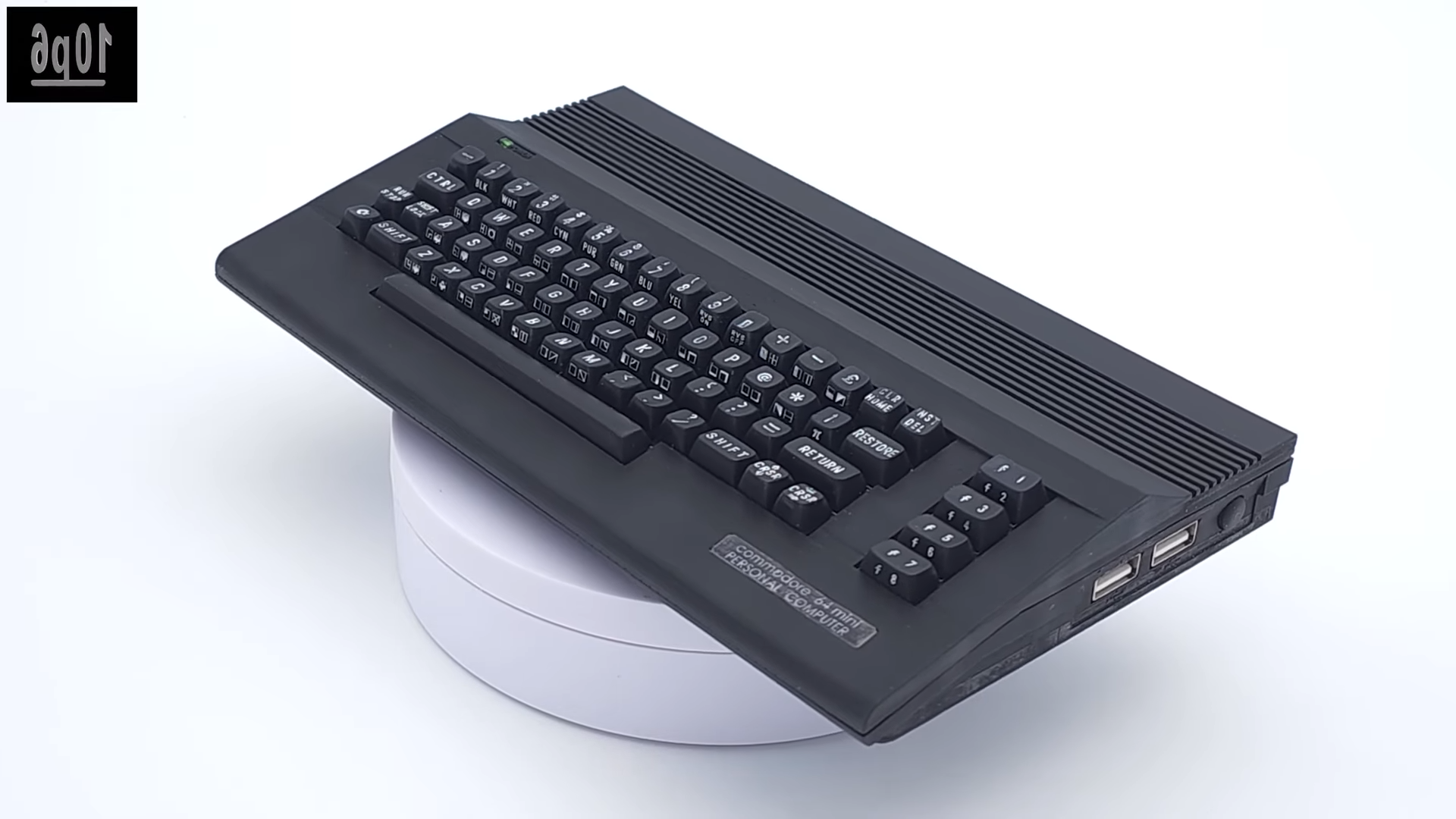The C64 Mini Transformation: A Retro Computing Delight

The C64 Mini stands as a testament to the enduring appeal of vintage technology, serving as a beautiful and functional replica of the legendary Commodore 64, which is widely regarded as one of the most popular home computers ever produced. However, this miniature version is crafted at half the original size and notably lacks a working keyboard, which is a significant aspect of the authentic experience.
To enhance the nostalgic experience, the design was modeled after the classic brown breadbox casing that became synonymous with the original C64 model. Yet, there was a desire to create something even more faithful to the original specifications. Enter the talented creator known as [10p6], who envisioned a miniature C64Can upgraded version of the original C64. This ambitious project involved converting the existing C64 Mini into a more authentic representation of the C64C model.
The heart of this project centers on the meticulous case design. [10p6] accomplished the impressive feat of crafting a stunning 50% scale replica of the C64C. This new case was designed to seamlessly integrate with the internal components of the popular C64 Mini, ensuring that users could enjoy the gameplay experience they remembered from their childhoods. A crucial innovation in this project was the incorporation of a custom PETSCII keyboard PCB and bespoke keycaps designed by [Bleugh]. This addition was vital, as the absence of a functional keyboard would have rendered the experience incomplete and far less engaging.
Moreover, the newly designed build also includes a bonus USB hub, which adds a layer of practicality and flexibility for users who want to connect additional peripherals. To achieve the highest quality finish possible, the case, power button, and keycaps were meticulously printed using a resin printer. This advanced printing technique allows for a level of detail and finish that surpasses what traditional Fused Deposition Modeling (FDM) printers can achieve, resulting in a more polished, production-like appearance.
Whats particularly interesting is the ongoing fascination with retro computers, which continues to thrive even in todays tech-driven world. This trend is especially evident among enthusiasts and hackers who cherish the charm of vintage technology. In stark contrast, machines like the Pentium II from the mid-1990s don't seem to inspire the same level of enthusiasm for replication. Yet, if anyone feels compelled to take on such a challenge, the community remains open to suggestions and experiences. For those interested in further insights, a video detailing the entire build process is available after the break.





















